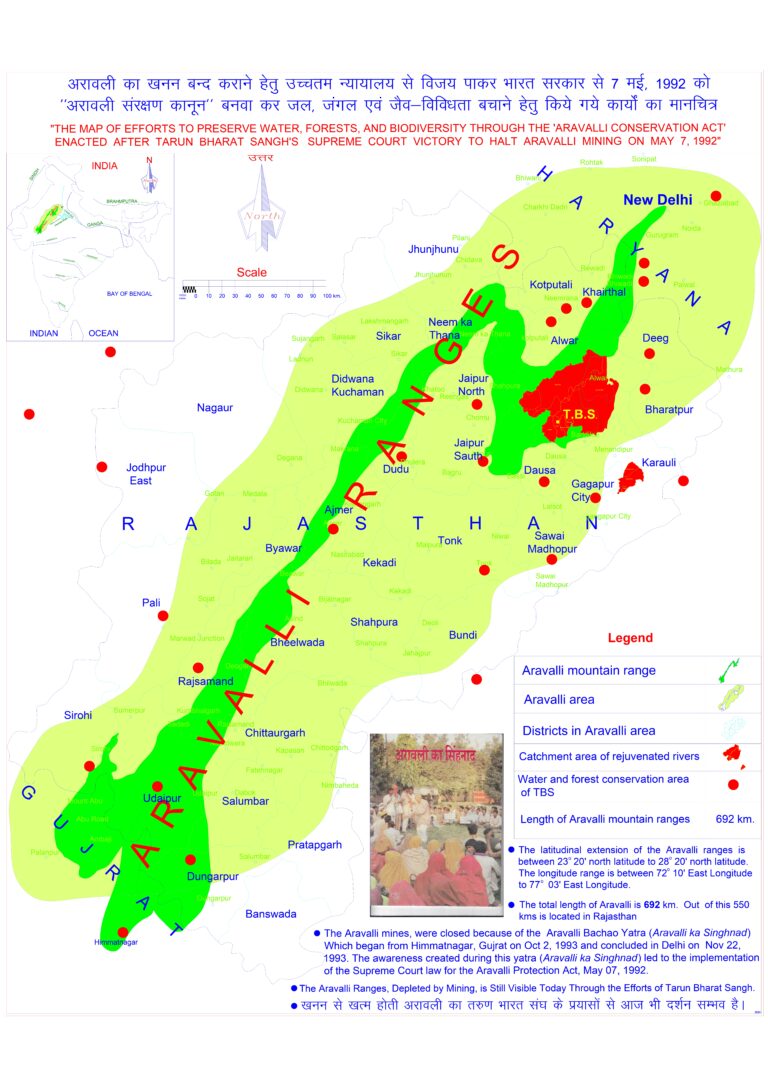
Disease Outbreak News
Geneva: Since the World Health Organization (WHO) confirmed acute hepatitis of unknown aetiology in the United Kingdom and Northern Ireland on April 15 2022, there have been continuing further reports of cases of acute hepatitis of unknown origin among young children.
As of 21 April 2022, at least 169 cases of acute hepatitis of unknown origin have been reported from 11 European countries as well as the United States of America.
Cases have been reported, besides the US (9 cases), in the United Kingdom (114), Spain (13), Israel (12), Denmark (6), Ireland (<5), The Netherlands (4), Italy (4), Norway (2), France (2), Romania (1), and Belgium (1).
It is not yet clear if there has been an increase in hepatitis cases, or an increase in awareness of hepatitis cases that occur at the expected rate but go undetected. While adenovirus is a possible hypothesis, investigations are ongoing for the causative agent.
The cases are aged 1 month to 16 years old. Seventeen children (approximately 10%) required liver transplantation, and at least one death was reported.
The clinical syndrome among identified cases is acute hepatitis (liver inflammation) with markedly elevated liver enzymes. Many cases reported gastrointestinal symptoms including abdominal pain, diarrhoea and vomiting preceding presentation with severe acute hepatitis, and increased levels of liver enzymes (aspartate transaminase (AST) or alanine aminotransaminase (ALT) greater the 500 IU/L) and jaundice. Most cases did not have a fever. The common viruses that cause acute viral hepatitis (hepatitis viruses A, B, C, D and E) have not been detected in any of these cases. International travel or links to other countries based on the currently available information have not been identified as factors.
Adenovirus has been detected in at least 74 cases, and of the number of cases with information on molecular testing, 18 have been identified as F type 41. SARS-CoV-2 was identified in 20 cases of those that were tested. Furthermore, 19 were detected with a SARS-CoV-2 and adenovirus co-infection.
The United Kingdom, where the majority of cases have been reported to date, has recently observed a significant increase in adenovirus infections in the community (particularly detected in faecal samples in children) following low levels of circulation earlier in the COVID-19 pandemic. The Netherlands also reported concurrent increasing community adenovirus circulation.
Nevertheless, WHO said, enhanced laboratory testing for adenovirus, could represent the identification of an existing rare outcome occurring at levels not previously detected that is now being recognized due to increased testing.
Public Health Response
Further investigations are ongoing in countries that have identified cases and include more detailed clinical and exposure histories, toxicology testing (i.e. environmental and food toxicity testing), and additional virological/microbiological tests. Affected countries have also initiated enhanced surveillance activities.
WHO and the European Centre for Disease Prevention and Control (ECDC) are supporting countries with ongoing investigations and collecting information from the countries reporting cases. All available information is further disseminated by countries through their Hepatitis Networks and clinical organisations such as the European Association for the Study of the Liver, the European Society of Clinical Microbiology and Infectious Diseases (ESCMID) and The European Society for Paediatric Gastroenterology, Hepatology and Nutrition (ESPGHAN).
WHO Risk Assessment
The United Kingdom first reported an unexpected significant increase in cases of severe acute hepatitis of unknown origin in young, generally previously healthy children. An unexpected increase in such cases has now been reported by several other countries – notably Ireland and the Netherlands.
While adenovirus is currently one hypothesis as the underlying cause, it does not fully explain the severity of the clinical picture, WHO said. Infection with adenovirus type 41, the implicated adenovirus type, has not previously been linked to such a clinical presentation.
Adenoviruses are common pathogens that usually cause self-limited infections. They spread from person to person and most commonly cause respiratory illness, but depending on the type, can also cause other illnesses such as gastroenteritis (inflammation of the stomach or intestines), conjunctivitis (pink eye), and cystitis (bladder infection). There are more than 50 types of immunologically distinct adenoviruses that can cause infections in humans. Adenovirus type 41 typically presents as diarrhea, vomiting, and fever, often accompanied by respiratory symptoms. While there have been case reports of hepatitis in immunocompromised children with adenovirus infection, adenovirus type 41 is not known to be a cause of hepatitis in otherwise healthy children.
Factors such as increased susceptibility amongst young children following a lower level of circulation of adenovirus during the COVID-19 pandemic, the potential emergence of a novel adenovirus, as well as SARS-CoV-2 co-infection, need to be further investigated. Hypotheses related to side effects from the COVID-19 vaccines are currently not supported as the vast majority of affected children did not receive COVID-19 vaccination. Other infectious and non-infectious explanations need to be excluded to fully assess and manage the risk.
With continued new notifications of recent onset cases, at least in the United Kingdom, together with more extensive case searching, it is very likely that more cases will be detected before the cause can be confirmed and more specific control and prevention measures can be implemented, WHO said. It is closely monitoring the situation and working with the United Kingdom health authorities, other Member States and partners.
WHO Advice
Further work is required to identify additional cases, both in currently affected countries and elsewhere. The priority is to determine the cause of these cases to further refine control and prevention actions. Common prevention measures for adenovirus and other common infections involve regular hand washing and respiratory hygiene.
Countries are strongly encouraged to identify, investigate and report potential cases fitting the case definition. Epidemiological and risk factor information should be collected and submitted by them to WHO and partner agencies through agreed reporting mechanisms. Any epidemiological links between or among the cases might provide clues for tracking the source of illness. Temporal and geographical information about the cases, as well as their close contacts should be reviewed for potential risk factors.
WHO recommended that testing of blood (with initial anecdotal experience that whole blood is more sensitive than serum), serum, urine, stool, and respiratory samples, as well as liver biopsy samples (when available), should be undertaken, with further virus characterization including sequencing. Other infectious and non-infectious causes need to be thoroughly investigated.
WHO said it does not recommend any restriction on travel and/or trade with the United Kingdom, or any other country where cases are identified, based on the currently available information.
– global bihari bureau





